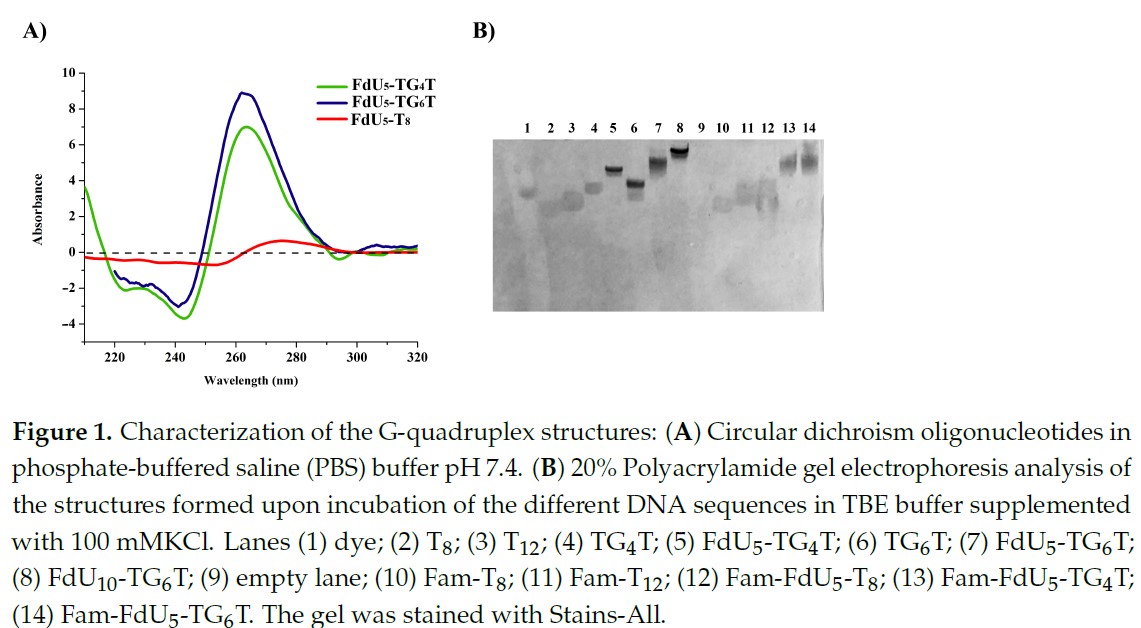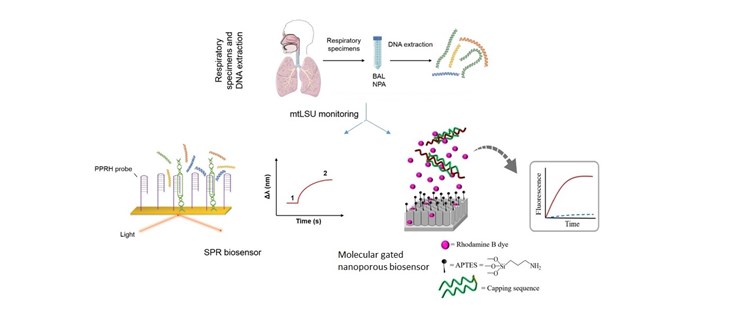Two great scientists and excellent people pioneers on Nucleic Acids Chemistry
Nucleic Acid Chemistry is an interdisciplinary discipline that combines organic chemistry, biochemistry, pharmacology, materials chemistry and biophysics. It started soon after the Watson–Crick model of DNA with the synthesis of the first dinucleotide, published in 1955. However, in the last decade, this field has blossomed, with the demonstration that Nucleic Acid Chemistry can provide innovative solutions to health problems such as vaccination, pathogen detection, and the treatment of metabolic or genetic diseases as well as providing important tools for the interrogation of cellular mechanisms.
Profesor Ramon Eritja, Scientific director of the Oligonucleotides Synthesis Platform U29 from ICTS NANBIOSIS will chair next January 13 a webinar on Frontiers in Nucleic Acid Chemistry, organized by the Journal Molecules in which some examples of the recent developments in Nucleic Acid Chemistry will be explained.
This webinar is dedicated to the memory of Prof. Enrique Pedroso one of pioneering researchers and leading Spanish scientist in Oligonucleotide and Peptide Synthesis who passed away in September of 2020. His contributions on the synthesis of modified oligonucleotides and especially oligonucleotide conjugates and cyclic oligonucleotides have opened new avenues in the search for novel applications of oligonucleotides. In addition, Enrique was deeply involved in the research and promotion of nucleic acid chemistry, as an active member of the IRT Society as well as organizing the Spanish Nucleosides Nucleotides and Nucleic Acids meetings (RANN).
During the preparation of the webinar we received the sad news of the decease of Prof. Ned Seeman from New York University who pioneered the field of DNA nanobiotechnology demonstrating that DNA is an excellent tool for the assembly of complex two and three-dimensional DNA lattices with important applications in several fields.
We remained sad for the loss of these great scientists and excellent persons.
Program and free registry for the webinar here











